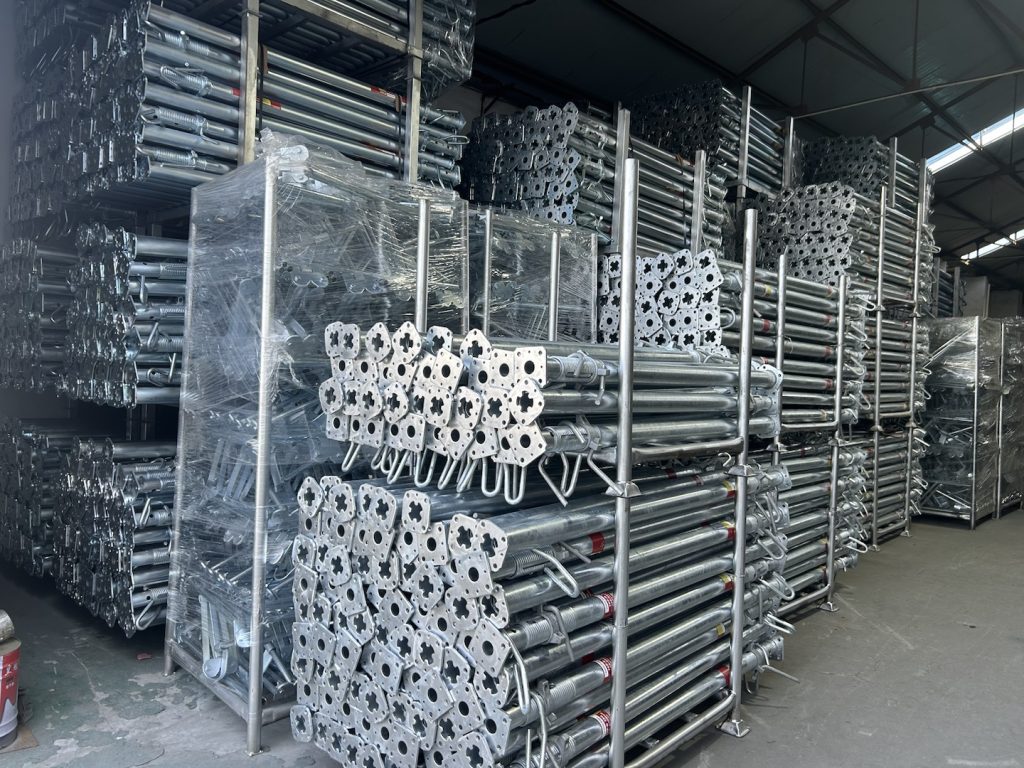
As the world continues to grapple with climate change and environmental degradation, businesses across all industries are being called upon to adopt sustainable practices. Scaffolding manufacturing is no exception. In fact, the construction industry as a whole is responsible for a significant portion of global carbon emissions. As such, it is imperative that scaffolding manufacturers take steps to reduce their environmental impact. Here is what you need to know about sustainability in scaffolding manufacturing.
Material Selection
One of the most important factors in sustainable scaffolding manufacturing is material selection. The materials used in scaffolding must be strong, durable, and able to withstand harsh weather conditions. However, they must also be environmentally friendly. Many scaffolding manufacturers are turning to sustainable materials such as bamboo, which is renewable and biodegradable. Other options include recycled steel and aluminum, which can significantly reduce the carbon footprint of scaffolding production.
Energy Efficiency
Another key aspect of sustainable scaffolding manufacturing is energy efficiency. The production process requires a significant amount of energy, from the extraction of raw materials to the assembly of the final product. Manufacturers can reduce their energy consumption by investing in renewable energy sources such as solar or wind power. Additionally, energy-efficient equipment and processes can help to reduce the amount of energy required to produce scaffolding.
Waste Reduction
Waste reduction is another important consideration in sustainable scaffolding manufacturing. Manufacturers should aim to minimize waste at every stage of the production process, from the sourcing of raw materials to the disposal of finished products. This can be achieved through recycling and reusing materials, as well as implementing waste reduction strategies such as lean manufacturing.
Transportation
Transportation is another area where scaffolding manufacturers can make a significant impact on sustainability. The transportation of raw materials and finished products requires a considerable amount of energy and generates carbon emissions. Manufacturers can reduce their carbon footprint by sourcing materials locally and optimizing their transportation routes to minimize the distance traveled.
Certifications
Finally, certifications can be a useful tool for scaffolding manufacturers looking to demonstrate their commitment to sustainability. Certifications such as ISO 14001 and LEED (Leadership in Energy and Environmental Design) can help to ensure that manufacturers are adhering to strict environmental standards and best practices.
In conclusion, sustainability is an essential consideration for scaffolding manufacturers. By selecting sustainable materials, reducing energy consumption and waste, optimizing transportation, and obtaining certifications, manufacturers can significantly reduce their environmental impact. As the world continues to prioritize sustainability, it is crucial that scaffolding manufacturers do their part to contribute to a more sustainable future.
